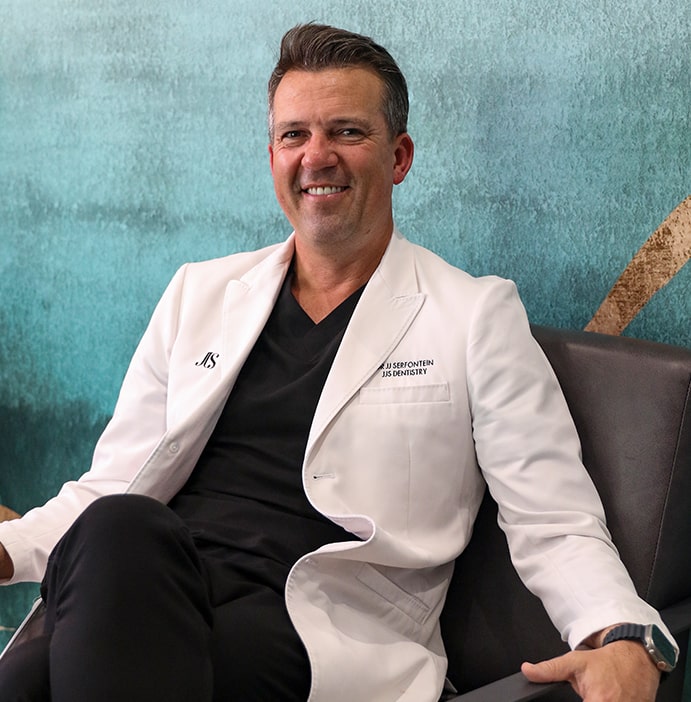





Leave a message
A professional dental cleaning (also called scaling) is the most common procedure done at JJS Dentistry. We recommend that each patient have their teeth checked out every few months for signs of gum disease, plaque accumulation and tartar build-up. No matter how strict their oral hygiene regimen is, most people start to produce tartar every 6 to 12 months. The only way to remove tartar is with special instruments, at a dentist's office.
Tartar is the yellowish or greyish film on the surface of the teeth. Tartar starts in the tiny spaces between the teeth and builds up over time to fill these spaces. The accumulated tartar eventually starts to press down on the gums, increasing the risk of infection and gum disease.
Calculus is hardened dental plaque. Plaque is the thin layer of food debris that forms on the surface of the teeth when you skip brushing for more than two days. This layer is a playground for bacteria, which fills the plaque and starts the infection process. Over time, Calcium and other minerals from saliva, food and drinks begin to deposit into this plaque, and forms calculus. Because of the nature of calculus and bacteria, calculus sticks to the teeth surface and only a dental professional can remove it.
Calculus formation is the first step in gum disease. It is hard, stuck to the tooth, and full of bacteria. These bacteria produce chemicals and toxins into the gums, and gum disease starts.
Tooth cleaning is all about removing plaque and the calculus stuck to your teeth. It is a routine procedure done many times daily in our practice. According to the severity of the condition, we can categorise dental cleaning into three main categories:
People who have their teeth cleaned regularly, with minimal calculus build-up, should opt for this option. In this situation, the dentist or hygienist would use a specialised handpiece with a metal tip. This tip vibrates at supersonic speed, to loosen the hardened calculus deposits. Expect loud noises, a constant flow of water for cooling, and minimal pain - except occasional sensitivity. You won't need anaesthesia, but in some cases, where the sensitivity is high, we may use hand instruments instead of the supersonic handpiece to decrease the sensitivity.
We recommend this treatment when the gum disease has advanced into periodontitis, and pockets have started to form. We use the supersonic instrument to clean the bulk of the calculus and switch to other specialised tools to clean the deeper-lying deposits on the root surface. These tools are designed to reach the bottom of the pockets without causing harm to the tooth or gums. This procedure is called curettage.
We recommend surgical cleaning in cases where the gum disease is so advanced that not even curettage is enough to clean the deposits thoroughly. In these cases, a surgeon would open up the gums next to the tooth in question to reveal the entire surface and start the cleaning procedure. This procedure is quite advanced, but it is easier than you think. The great team at JJS Dentistry can help you decide whether a surgical cleaning is necessary and will guide you through the process.
You should get a consultation with your dentist every six months, regardless of the symptoms. However, there are early stages of gum disease that you can see. Seek help immediately if you notice these symptoms:

Dr. Serfontein is a member of the following organisations:
Serves on the executive committee of SAAAD (South African Academy of Aesthetic Dentistry)
Certified member of DSD (Digital Smile Design)
Member of ESCD (European Society of Cosmetic Dentistry)
Member of HPCSA (Health Professions Council of South Africa)
Member of SADA (South African Dental Association)
Member of ITI (International Team of Implantology)